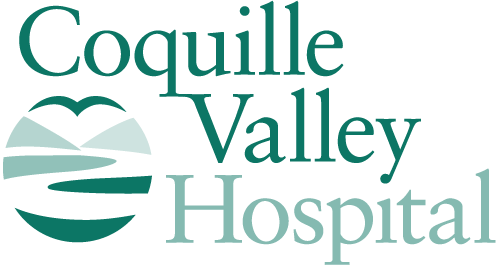What’s On Your Plate? The Five Food Groups And Healthy Eating
Published March 9, 2023

Eating a healthy diet has numerous benefits for your overall health, adding up over time with each conscious choice you make to eat a variety of fruits, vegetables, grains, proteins and dairy or fortified milk alternatives.
As part of your healthy diet, it’s important to watch your intake of sugar, salt and saturated fats, too. These can lead to health problems, such as diabetes, high blood pressure and high cholesterol, which can lead to more serious health complications, such as heart disease or stroke.
MyPlate is a great way to monitor your daily intake of the essential food groups, focusing on nutrient-rich options each time you eat. If you picture a dinner plate divided into four quadrants and work clockwise, there are grains, protein, vegetables and fruits, with dairy set off to the side of the plate as if the beverage.
What are the daily servings for each food group? The servings for each category depend on your age, sex, weight, height and activity level. What growing children need to consume, for example, is different than what an aging adult needs to eat. The focus, however, is the same: to eat as nutrient rich as possible.
- Grains: Consume at least half of your daily grain intake as whole grains. Whole grains include all elements of the grain – whole wheat flour, oatmeal, brown rice – and are not milled. They add fiber and essential nutrients to your diet.
- Protein: Included are seafood, meat, poultry, eggs, nuts and tofu. Overlapping in the vegetables category, with beans, peas and lentils serving also as protein. Focus on eating lean varieties of meats and poultry, or choosing other proteins instead of meat, such as seafood, nuts and tofu, to increase your intake of healthy fats, vitamin D and fiber.
- Vegetables: These are important for their many essential nutrients, the fiber they add to your diet, and because they are naturally low in calories and in fat. They can be eaten fresh or raw, frozen, canned, dried or juiced. Subgroups of vegetables include dark green, red and orange, as well as starchy. Lentils, beans and peas make up another subgroup that is high in protein.
- Fruits: Fruits can be eaten whole, cut, pureed, canned, dried or juiced. Note that at least half of the daily amount of fruit should be whole fruit to maximize nutrient density. Whole fruit also provides great fiber and is naturally low in fat.
- Dairy: Focus on eating fat-free or low-fat dairy, including milk, yogurt or cheese. There are also non-dairy options, such as soy or oat milk, and lactose-free options. Don’t count butter, cream, sour cream, or cream cheese in your healthy dairy options; they are all too high in fat and have low nutrient value.
Start making healthier meals today. Visit MyPlate.gov and nutrition.gov for a selection of healthy recipes that showcase the five food groups. Also, Coquille Valley Hospital is staffed by a registered dietitian, who is available for both inpatient consultations or assessments and outpatient appointments. Bite by bite you can change your eating habits for the better!
It’s possible to make healthy choices when eating out, too. Stop by Coquille Valley Hospital’s Valley View Cafe to taste Chef Oscar’s daily menu of healthy, flavorful foods that both patients and visitors appreciate. Located on the first floor, the cafe is open Monday through Friday, 6 am to 2 pm, and Saturday and Sunday, 6 am to 10 am for breakfast, and 11 am to 1 pm for lunch.
Subscribe to our monthly emails for Your Well-Being! Get health and wellness tips, hospital news, staff spotlights, career opportunities, our cafe menu and more, sent right to your inbox!
DISCLAIMER: No content on this website, regardless of date, should be used as a substitute for direct medical advice from your primary care provider.




